Alors que la montée des eaux due au réchauffement climatique préoccupe de plus en plus d’Etats, les structures artificielles flottantes offrent une solution crédible.
Nous sommes à court de possibilités, donc, nous les envisageons toutes. » Anote Tong, le président de Kiribati, un petit Etat insulaire niché au milieu du Pacifique, est engagé dans une course contre la montre. Dans cinquante ans, ses 33 îles seront les premières à être englouties par les océans.
Il y a un an, lors du Forum des îles du Pacifique, il a évoqué devant ses pairs une solution surprenante : si son atoll est voué à disparaître, pourquoi ne pas en construire un nouveau ? De nombreux pays sont dans une situation similaire, comme le Bangladesh ou les Pays-Bas. Menacés par la montée des eaux, ils sont aujourd’hui tentés par l’idée de construire des espaces habités sur l’océan.
Un territoire nomade
L’idée existe depuis longtemps. En témoignent les polders hollandais ou les terre-pleins, comme celui de l’aéroport de Kansai au Japon ou celui de Hong-Kong. « Le problème, c’est qu’il n’y a plus de place pour faire des polders », explique Jean-Marc Laurens, enseignant en architecture navale à l’Ensta-Paristech.
Quant aux terre-pleins, ils impliquent des eaux peu profondes et détériorent l’écosystème. Alors, pourquoi ne pas construire des villes flottantes, comme l’avait imaginé Jules Verne en 1895 dans L’Ile à l’Hélice ?
A petite échelle, la méthode fait ses preuves : à Paris, la piscine Joséphine-Baker flotte depuis 2006 sur la Seine. « C’est techniquement faisable, assure Jean-Marc Laurens. L’idée serait d’utiliser des flotteurs en acier et d’y poser une plate-forme. Ce système est déjà utilisé pour construire les plate-formes pétrolières. »
Pour faire les choses en grand, d’après l’ingénieur, « il faut compter deux années d’études pour concevoir une île qui accueillerait 5 000 personnes ». Ces perspectives enflamment l’imagination des bâtisseurs. L’architecte belge Vincent Callebaut a imaginé en 2008 Lilypad, un « territoire nomade 100 % autosuffisant » dont la forme rappelle un nénuphar et qui pourrait accueillir 50 000 personnes.
Avec ses 500 m de diamètre, ses 60 m de haut et autant sous l’eau, cet ovni marin produira sa propre énergie grâce aux hydroliennes qui parsèment sa coque, ses panneaux solaires et son lagon central qui récupère les eaux de pluie. Pour le réaliser, l’architecte s’appuie sur un énorme flotteur circulaire, lesté par le lagon central qui lui donnera sa stabilité. « Sur le papier, ça fonctionne. En pratique, 1/5 de la technologie n’est pas encore au point.»
Techniquement réalisable
De la science-fiction ? Pas du tout. « Nous attendons le feu vert des investisseurs pour construire deux prototypes de 150 m de diamètre, explique Vincent Callebaut. Nous espérons signer un contrat d’ici à 2015. »
Ses premiers Lilypads devraient embarquer pour la Chine et Abou Dhabi, là où l’enthousiasme pour ces projets est le plus grand. « En France, constate Vincent Callebaud, on nous dit que ce n’est pas possible en raison des changements de réglementations que cela entraînerait. Dans les pays émergents, la réponse est plutôt : ‘‘on commence quand ?’’ »
Plus que les Etats ou les villes, ce sont les investisseurs privés qui croient au concept. Au Japon, le Green Float reprend le principe d’une île-ville à la dérive avec des dimensions encore plus importantes. L’entreprise Shimizu prévoit d’en lancer la construction en 2025.
Ben Way, un jeune entrepreneur anglais qui vit à Los Angeles, veut créer une île artificielle de la taille de Manhattan, soit 60 km2 ! « On peut faire une île de n’importe quelle dimension, techniquement, c’est très faisable », explique-t-il.
Il peine néanmoins à trouver des financements. L’argent, c’est là que le bât blesse. A la fin des années 1990, le projet d’île-paquebot AZ de 400 m de l’architecte Jean-Philippe Zoppini, en collaboration avec Alstom, avait échoué surtout en raison de son coût, évalué à 2,5 milliards d’euros. Lilypad coûte plutôt cher. « Nous avons évalué le coût du prototype à 10 000 euros le mètre carré », explique Vincent Callebaut. Soit 1,5 milliard d’euros l’ensemble !
« Ce sera vite amorti, promet-il, notamment parce que l’île produira elle-même son énergie. » Il faudra également résoudre l’obstacle juridique. Quel statut donner à une structure sans attache, qui pourrait naviguer ? Ben Way imagine son île comme « un moyen de créer une civilisation sans restrictions ».
Des projets d’îles-banques
Cette incertitude fait fantasmer les investisseurs. « Il y a eu des projets d’îles-banques qui se réfugieraient dans des mers sans régime fiscal », s’amuse Jean-Marc Laurens. A plus courte échéance, les Maldives auront leur première île flottante en 2014.
Conçue par l’architecte néerlandais Koen Olthuis, Greenstar accueillera des milliers de personnes. Doté d’un centre de conférences, cet hôtel en forme d’étoile verte réunira d’ailleurs les acteurs de la lutte contre le changement climatique, comme pour rappeler la raison première de son existence: la montée du niveau des océans. « On va être obligé de faire des îles artificielles, prévient Jean-Marc Laurens. L’avenir, c’est la mer. »
Click here for the website
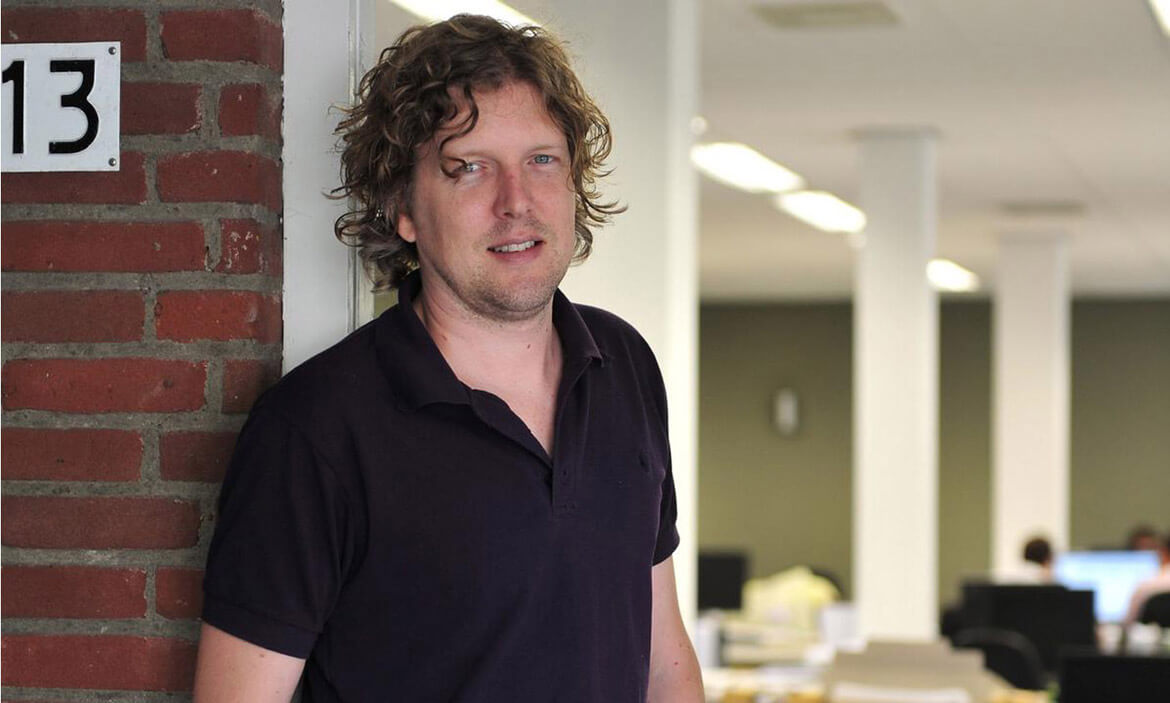


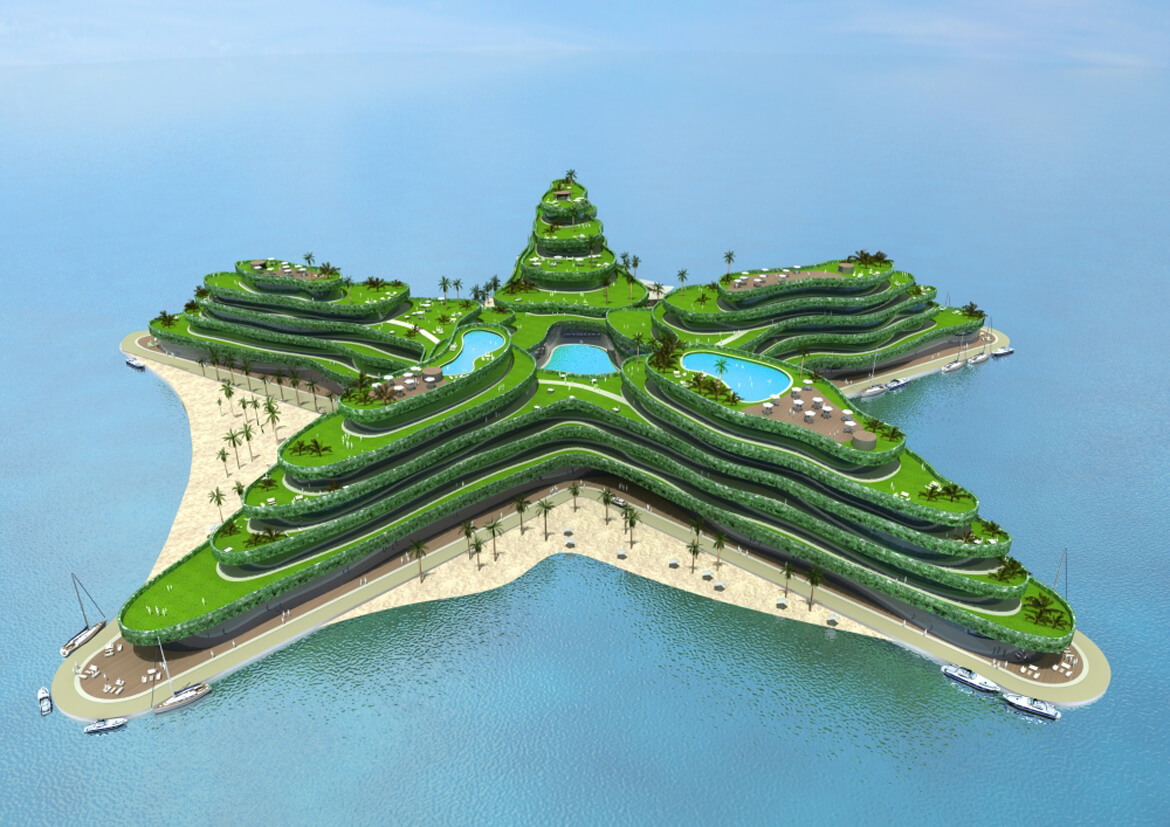



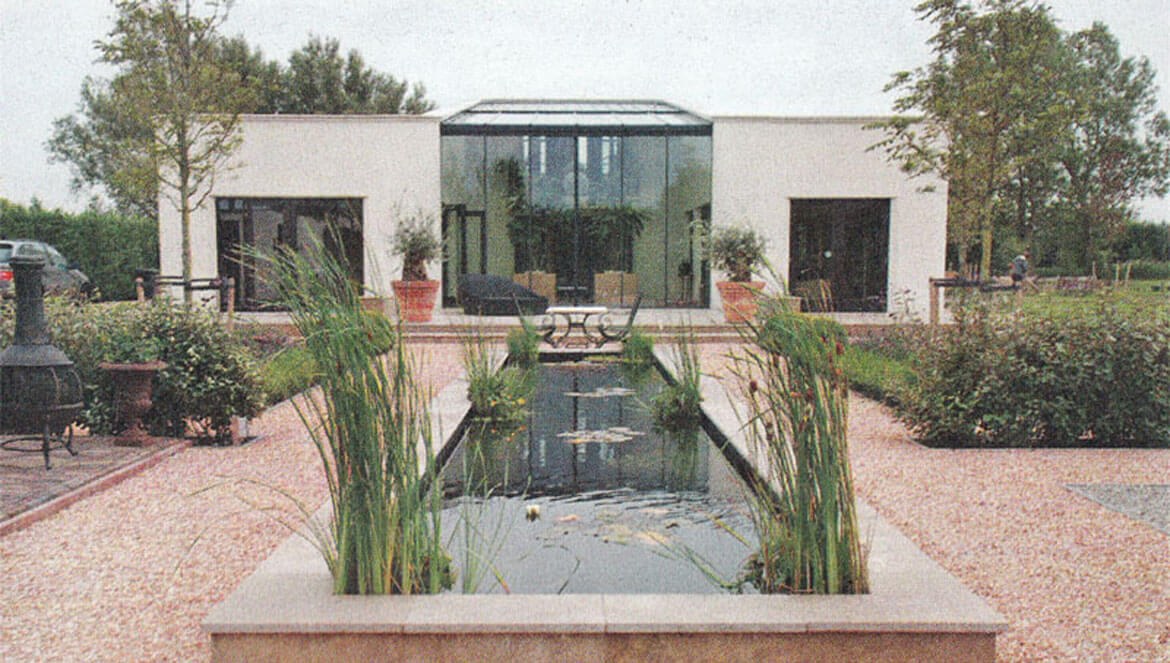

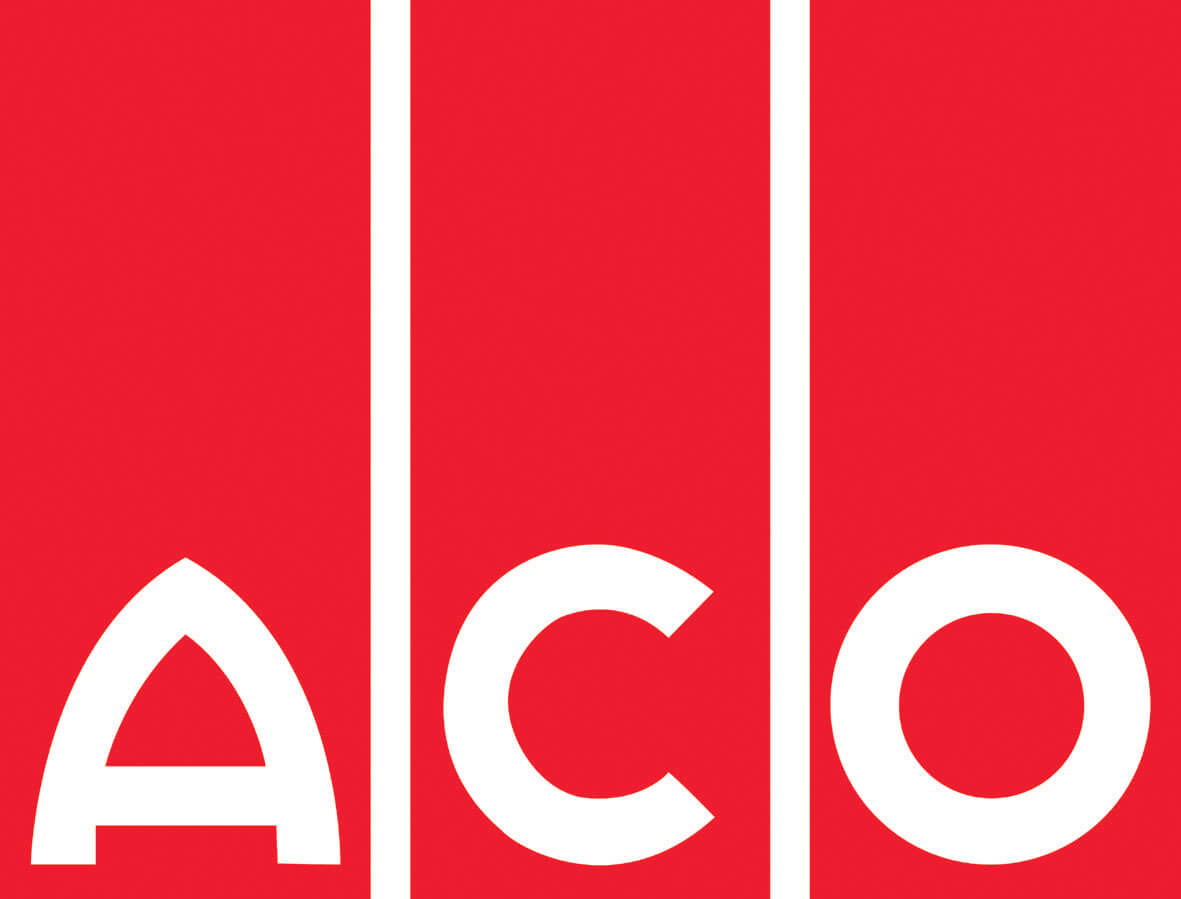
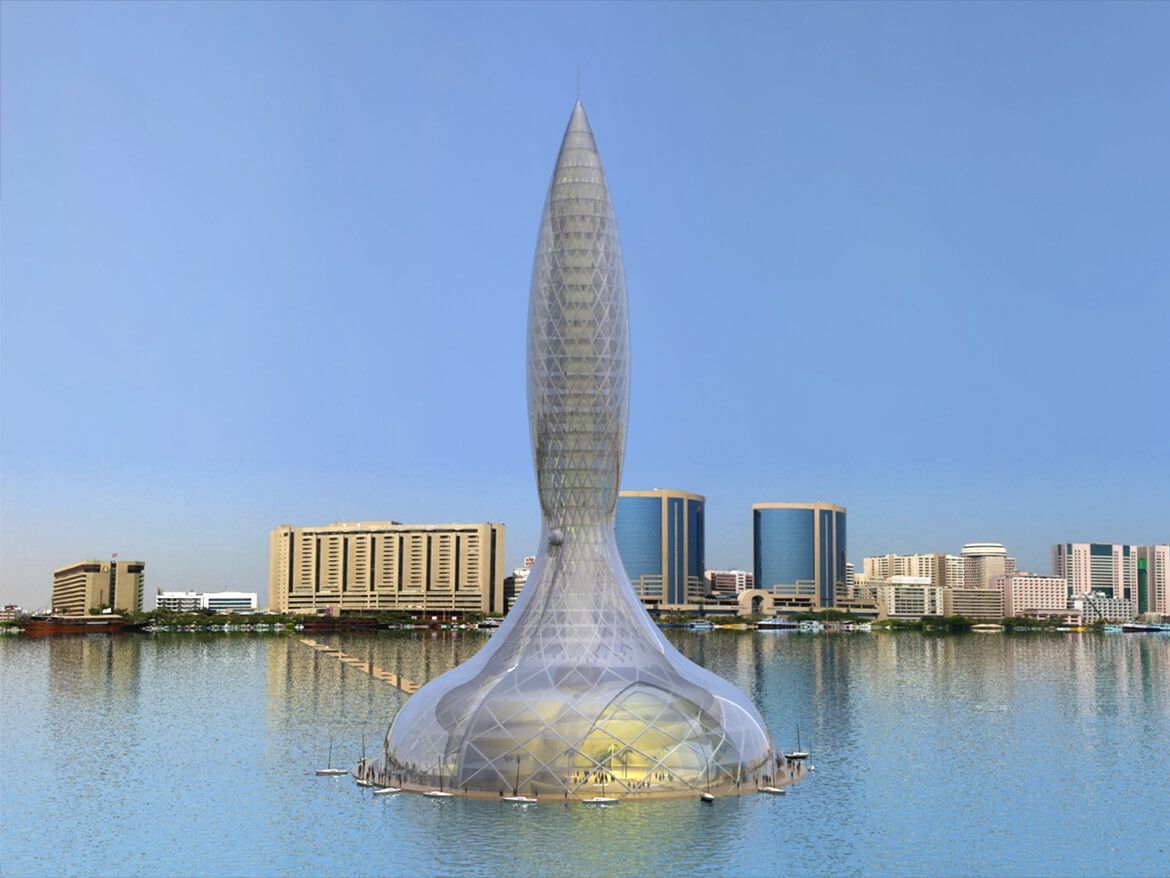



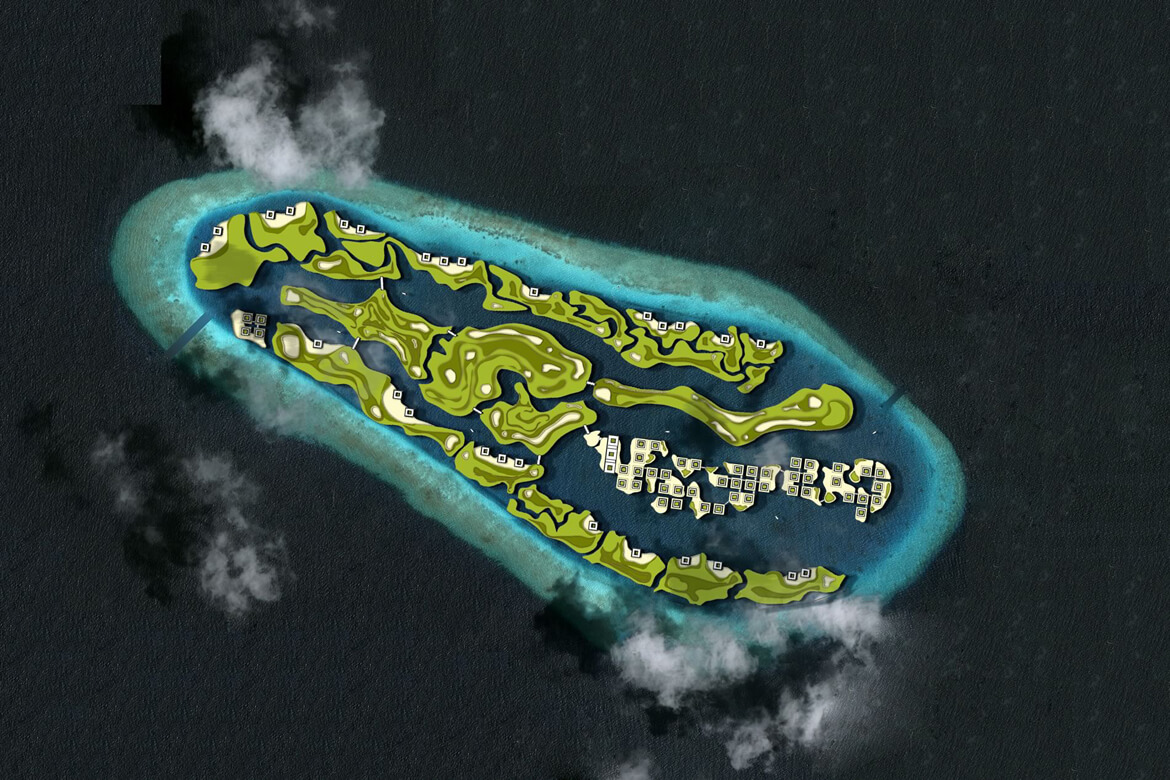
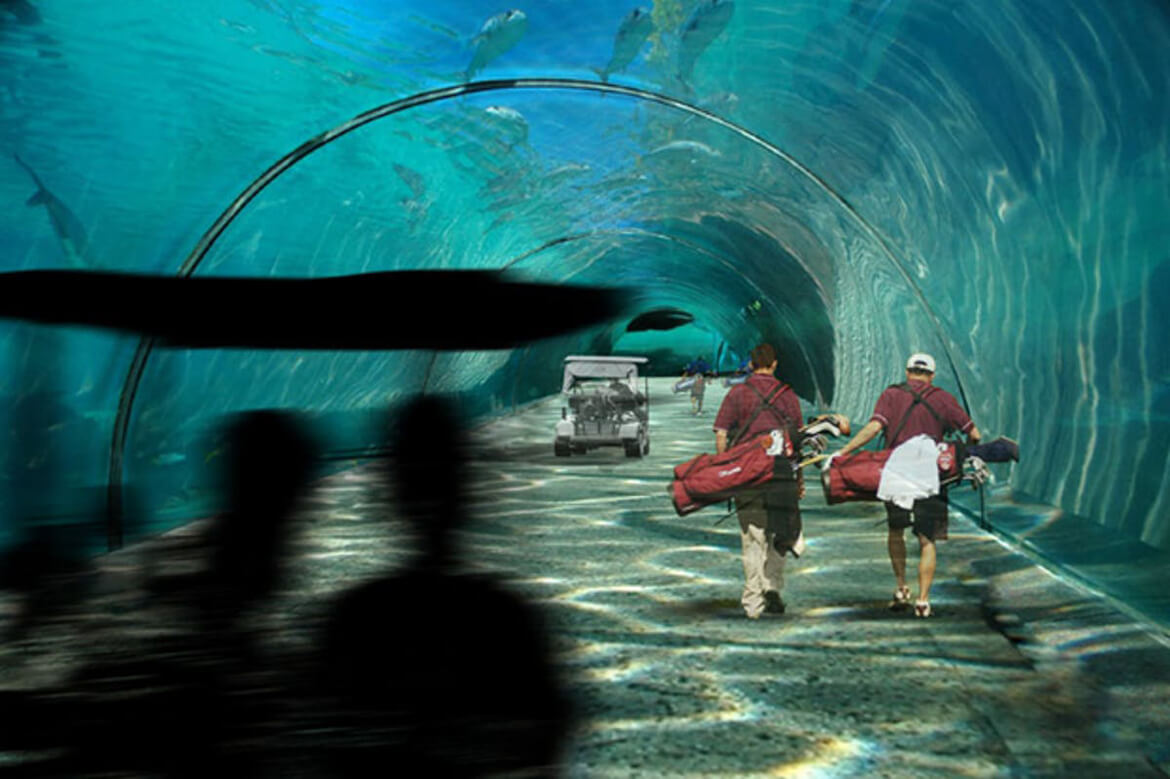
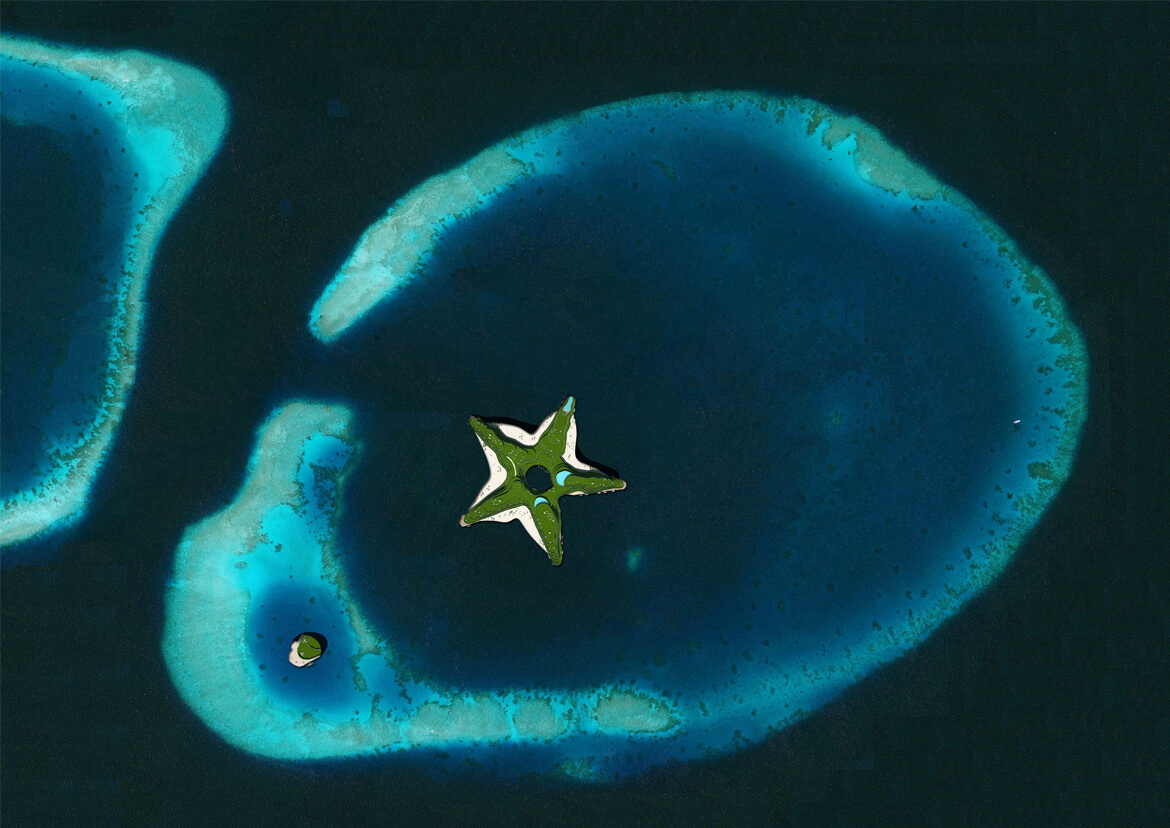
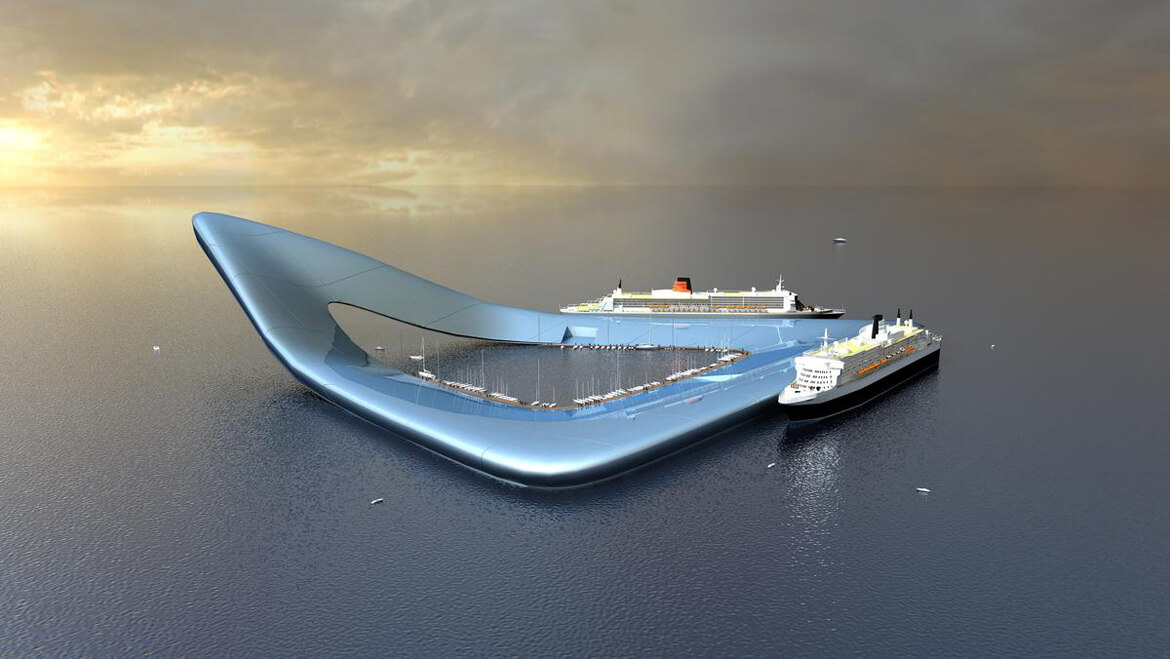





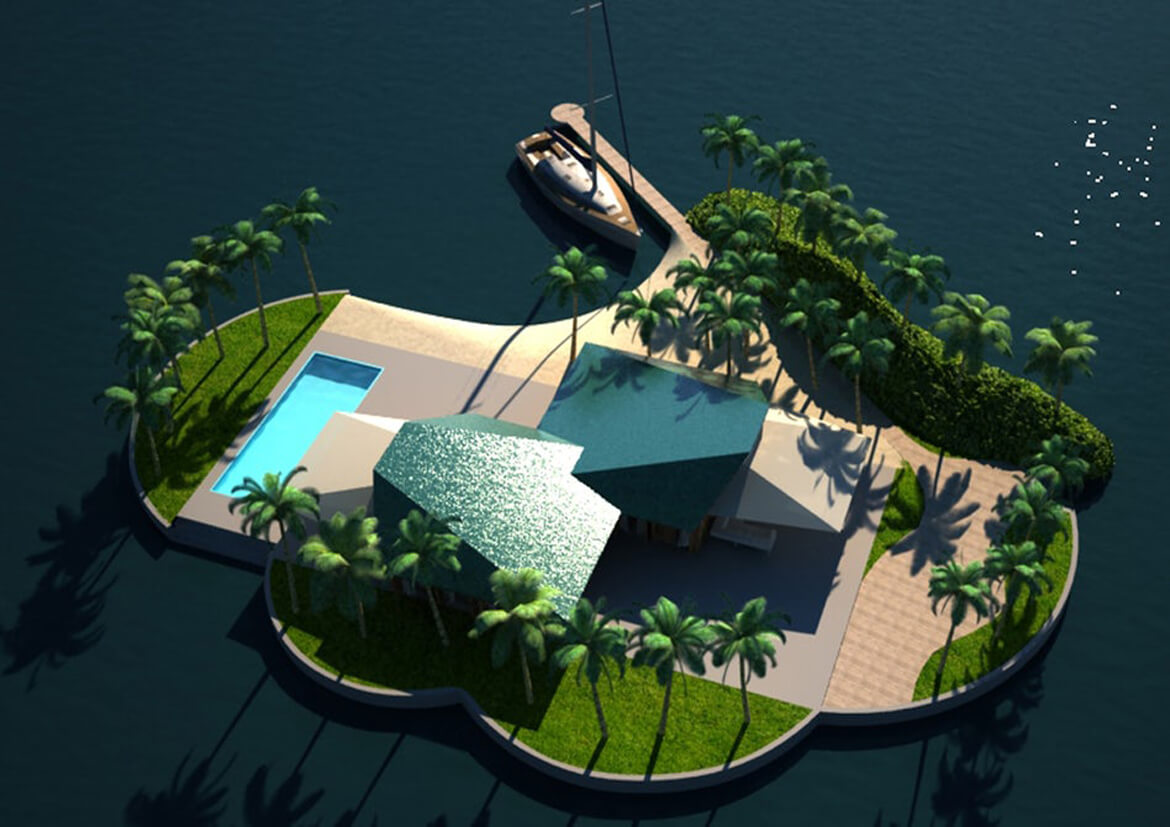

 Designers have revealed plans for a tourist paradise in the Maldives made up of floating islands that will include hotels, a convention center, a yacht club and a floating golf course.
Designers have revealed plans for a tourist paradise in the Maldives made up of floating islands that will include hotels, a convention center, a yacht club and a floating golf course.